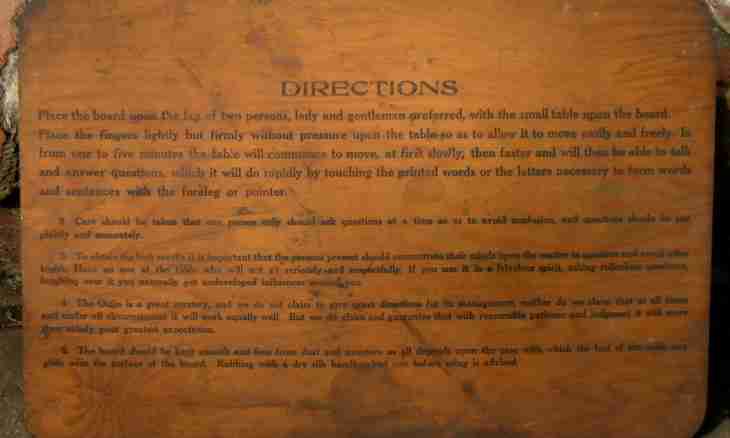All liquids existing in the nature have body weight and thanks to it surely press on walls and a bottom of capacity in which are poured. It is very difficult to calculate pressure of moving water as it can constantly change. Therefore determine pressure upon a bottom of the liquid which is in rest. Such pressure is called hydrostatic.
It is required to you
- Handle, paper, liquid density, liquid height.
Instruction
1. Remember a formula for calculation of hydrostatic pressure. For this purpose, first of all, recollect as it is removed. The size equal to the relation of force operating perpendicular to a surface to the area of this surface, is called pressure. Liquid presses on a vessel bottom with a force of F equal to liquid weight. Or p = F/S = W/S.
2. The vessel and its contents are in rest, therefore, consider weight on a gravity formula: W = F tyazh = mg where m is a weight (unit of measure – kg), and g is a coefficient of the gravity (N/kg) which size depends on the place of observation.
3. Express body weight through density of liquid which you consider: m = ρV, where ρ – density of substance (kg/m3), V – its volume (m3).
4. Find the volume of the liquid poured in capacity on the formula suitable for a form of this vessel. For example, if it is an aquarium, consider its volume how the volume of a rectangular parallelepiped, that is V = Sh where S is the area of the basis of an aquarium (sq.m), and h – height of a parallelepiped (m).
5. Make substitutions and reductions. As a result it turns out that p = W/S = F tyazh/S = mg/S = ρVg/S = ρShg/S = ρhg. In fact, the removed formula for liquid is a special case of determination of pressure upon a bottom.
6. By the way, in this formula does not matter that height of h and density ρ you will take for substance for calculations. In the similar way it is possible to count pressure upon a bottom not only for liquid. Conclusions are equally applicable for a squared solid body or for the gas placed in the capacity, suitable for calculations. These substances will create such pressure upon a bottom what is counted on the received formula p = ρhg. Pressure upon a bottom depends on density of the studied substance, its height and the place of observation. Increase in thickness of a layer of substance or its density leads to growth of hydrostatic pressure.

